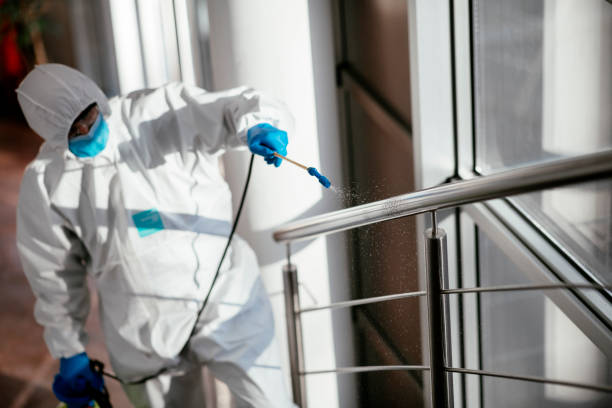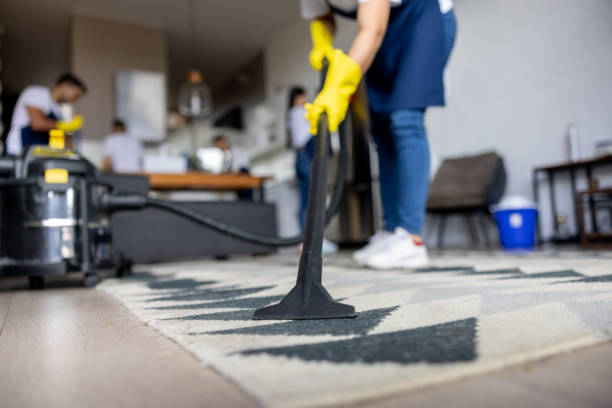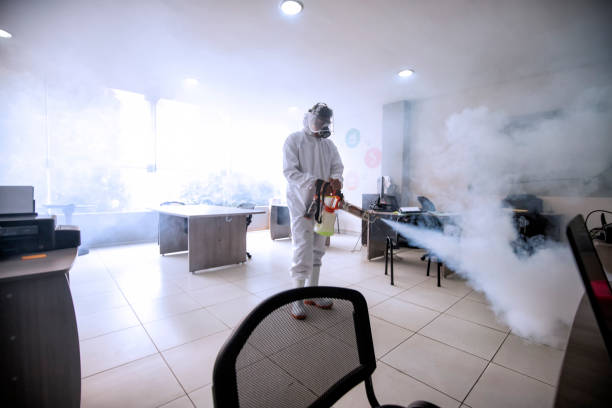Sanitizing And Disinfection
Sanitizing and disinfection are essential practices for maintaining a clean and hygienic environment. Sanitizing reduces the number of germs and bacteria on surfaces to a safe level, while disinfection goes a step further, killing or inactivating a wider range of microorganisms, including viruses and pathogens. These processes are crucial in homes, healthcare facilities, restaurants, and public spaces to prevent the spread of diseases, ensuring the safety and well-being of individuals. Proper sanitizing and disinfection protocols involve using appropriate disinfectants, following recommended contact times, and targeting high-touch surfaces for maximum effectiveness. Regularly incorporating these practices helps mitigate health risks and maintain a healthier living and working environment.
Cons of Neglecting Sanitizing and Disinfection
Failing to implement proper sanitization and disinfection practices can have dire consequences, including the increased transmission of diseases, heightened health risks, reduced productivity, potential food contamination, damage to reputation, long-term financial burdens, and legal or regulatory repercussions. These adverse outcomes emphasize the critical importance of maintaining a clean and hygienic environment through regular sanitizing and disinfection procedures in various settings.
Sanitizing Your Home
Sanitizing your home is a fundamental practice in promoting a healthy living environment. By regularly disinfecting high-touch surfaces, such as doorknobs, countertops, and light switches, you reduce the risk of disease transmission, creating a safer and more comfortable space for you and your family. This simple yet essential measure can help protect against illnesses and maintain overall well-being.
Benefits of Sanitizing and Disinfection
Sanitizing and disinfection offer numerous advantages, including the reduction of disease transmission, improved health and well-being, enhanced safety, protection against pathogens, lower healthcare costs, the creation of hygienic environments, and the peace of mind that comes with knowing that surfaces and spaces are clean and safe. These practices are essential for preventing illness, maintaining cleanliness, and ensuring the overall welfare of individuals and communities.



